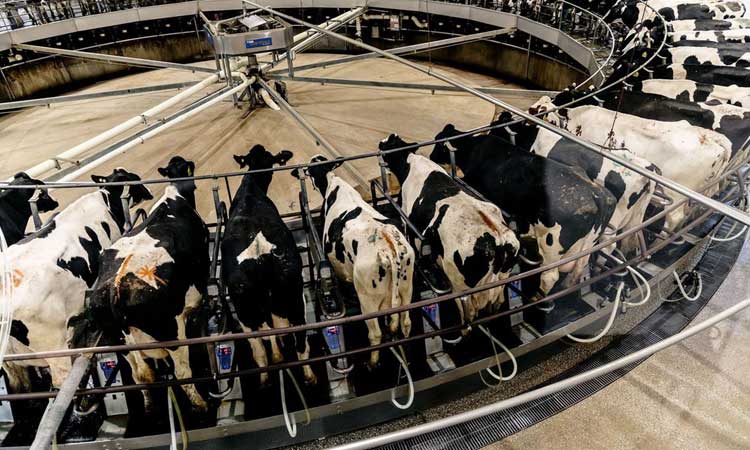
Effluent Treatment Plants For Dairy Wastewater
The dairy industry contains a high amount of organic constituents so that it is needed to provide necessary treatment before discharge into the environment. In this article, you will find exciting matters such as determining behaviors of various parameters of dairy wastewater. Also, it evaluated the performance of the effluent treatment plant in the dairy industry.
The rapid growth of industries has enhanced productivity and resulted in the production and release of substances into the environment, creating health hazards and affecting normal operations, flora, and fauna. These wastes are potential pollutants when they produce harmful effects on the environment and are generally released in the form of solids, liquid Effluent, and slurries containing a spectrum of organic chemicals. The dairy industry is the most polluting food industry in terms of a large amount of water use and considering the vast amount of water used during milk and milk products.
The dairy industry is faced with the prospect of assembling a large number of relatively small treatment plants. Liquid Effluent from the dairy industry poses environmental problems like water and soil pollution. Oil grease in Effluent generated from the Dairy industry poses a significant threat to the environment besides lactose, another pollutant component considering the project demand by 2020 A.D. The dairy industry in India is expected to overgrow, and waste generation and related environmental problems are also assumed of increased importance. Poorly treated Effluent with high levels of pollutants caused by poor design, operation, or treatment systems creates major ecological problems when discharged to surface water or land.
Water and air, the two essential fluids on which all life depends, have become global garbage cans.- Jacques Yves Cousteau
Effluent treatment plant system was designed to handle and treat wastewater having high organic content and suspended solids. The effluent treatment plant in the industry is installed to meet regulating norms governed by the pollution control board. Every industry has a wastewater treatment plant that helps lower the pollution level of wastewater going to be discharged into the environment from industrial premises. According to the pollution board norms, industries need to have wastewater discharge norms. For effective treatment, the industry should study the characterization of wastewater, treatability aspects, and planning of proper units.
The article shows that biological methods are the most cost-effective for removing organics, with aerobic ways being easier to control. Still, anaerobic methods have lower energy requirements and lower sludge production rates. Since no single process for dairy wastewater treatment can comply with the minimum effluent discharge requirements, it is necessary to choose an effluent treatment plant specially designed to treat specific dairy wastewater.
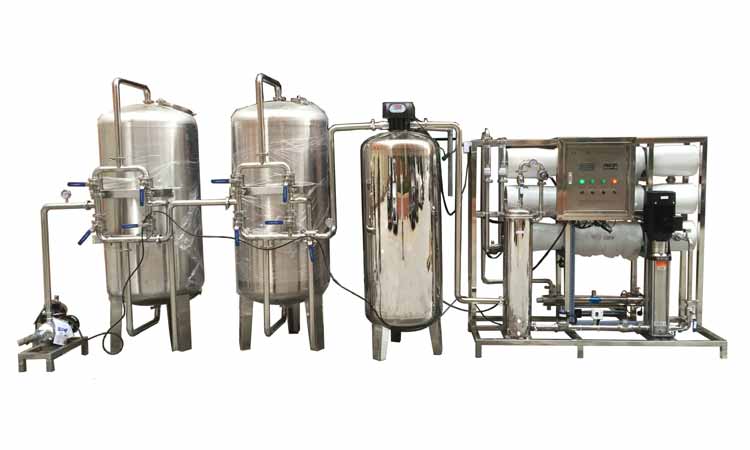
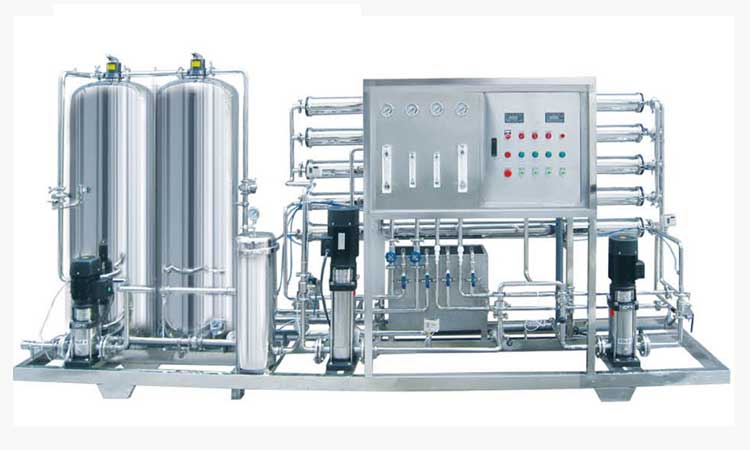
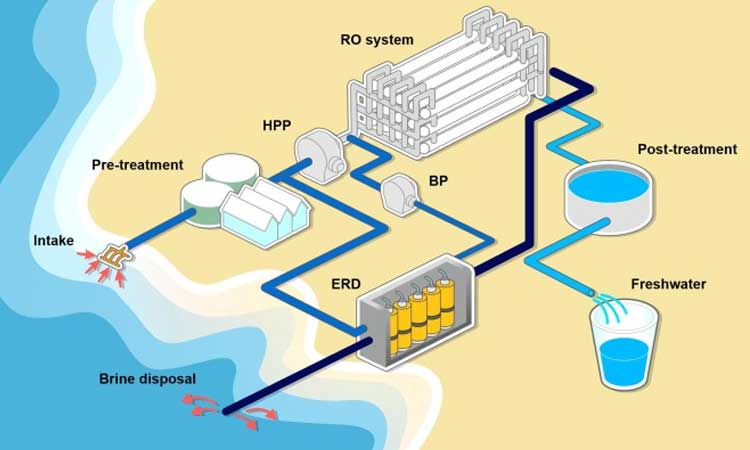
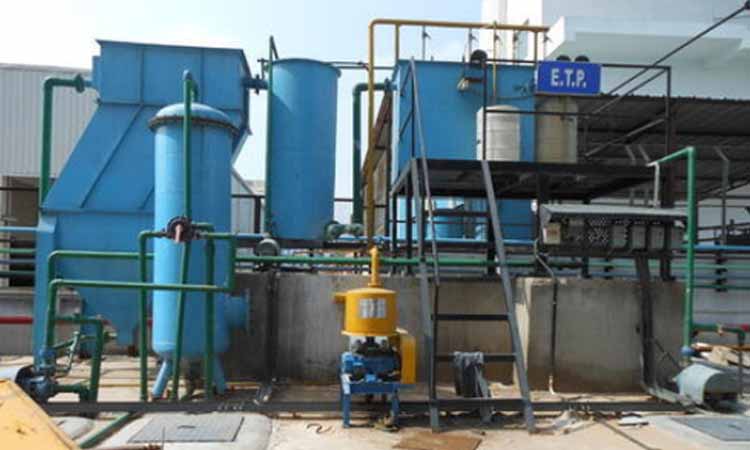
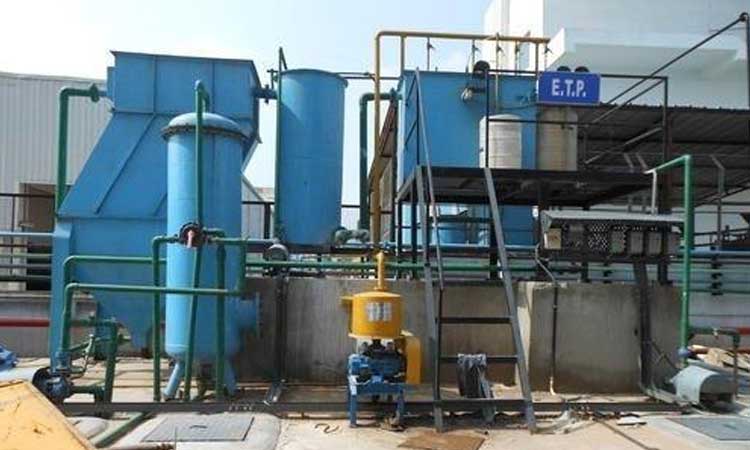
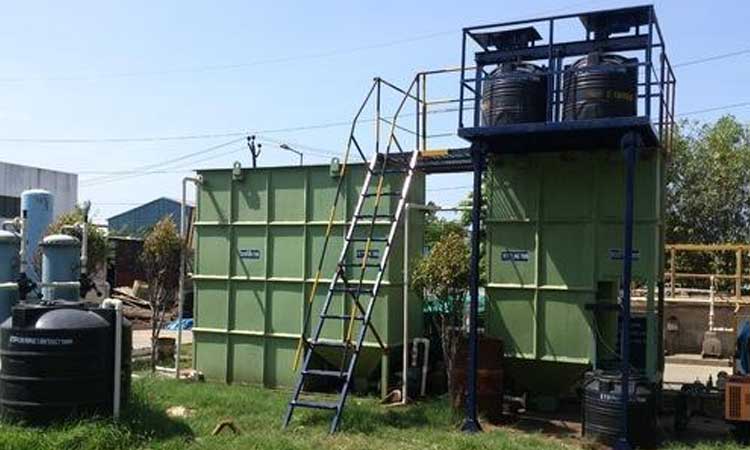
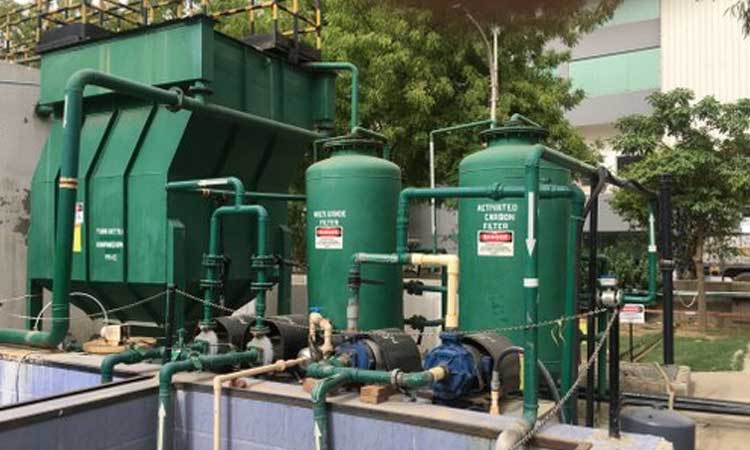

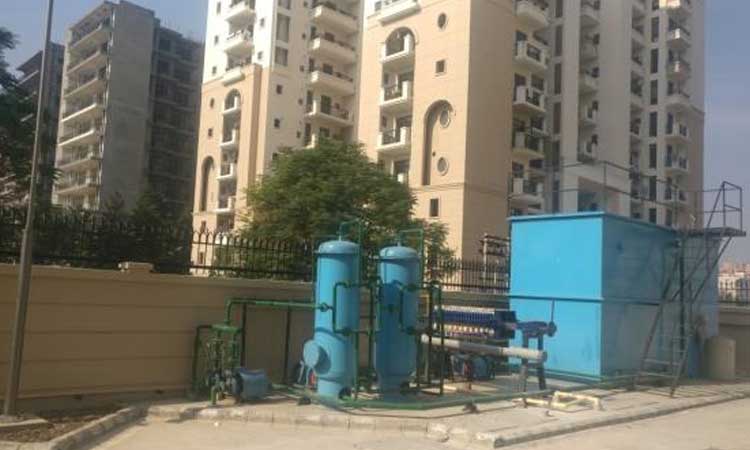
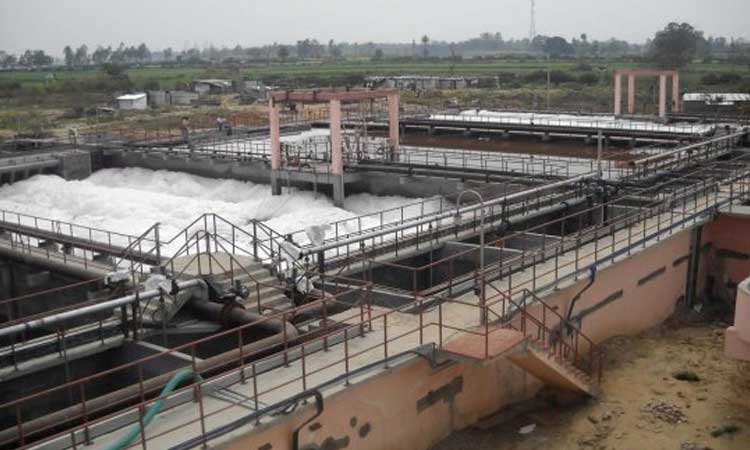
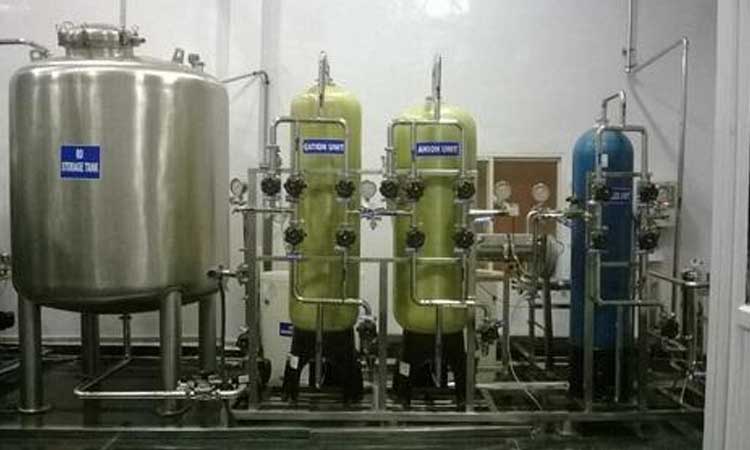

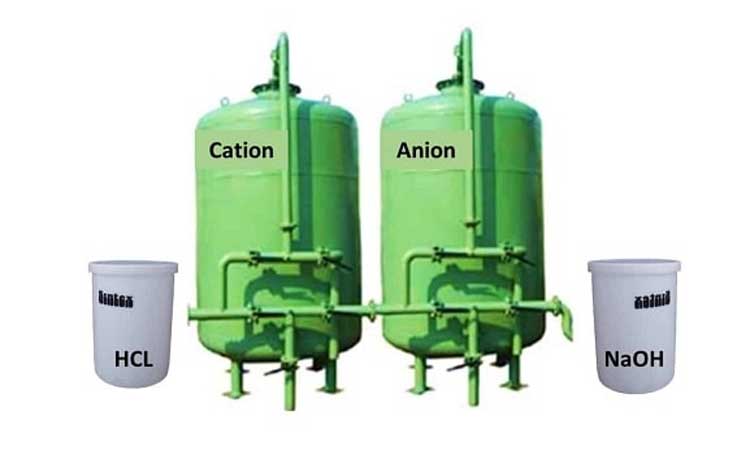

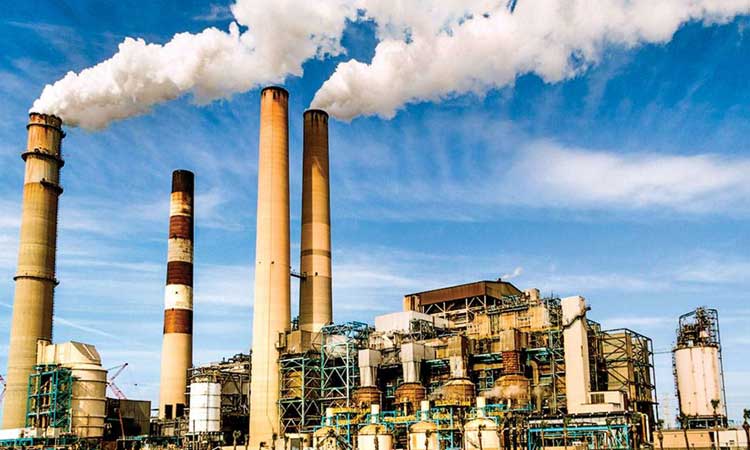
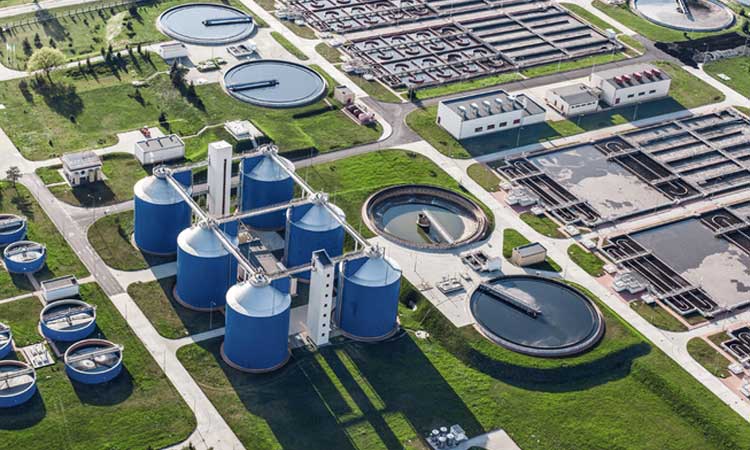

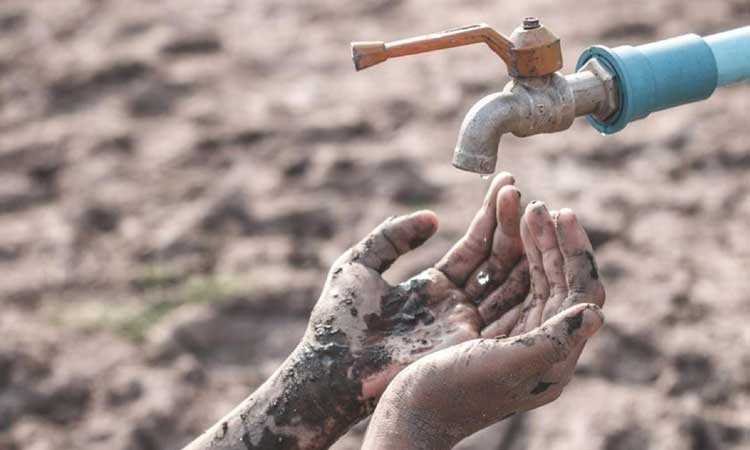
Comments
Dairy Farming is certainly an important part of agriculture but Dairy Technology is regarded as an agriculture allied Industry.
Considering the increased milk demand, the dairy industry in India is expected to grow rapidly and waste generation and related environmental problems are also assumed of increased importance.
It is estimated that dairy industries generate 2.5 to 3 liters of wastewater per liter of milk processed. Such untreated wastewater pollutes land and river systems so proper treatment of dairy wastewater is necessary before disposal in the environment.